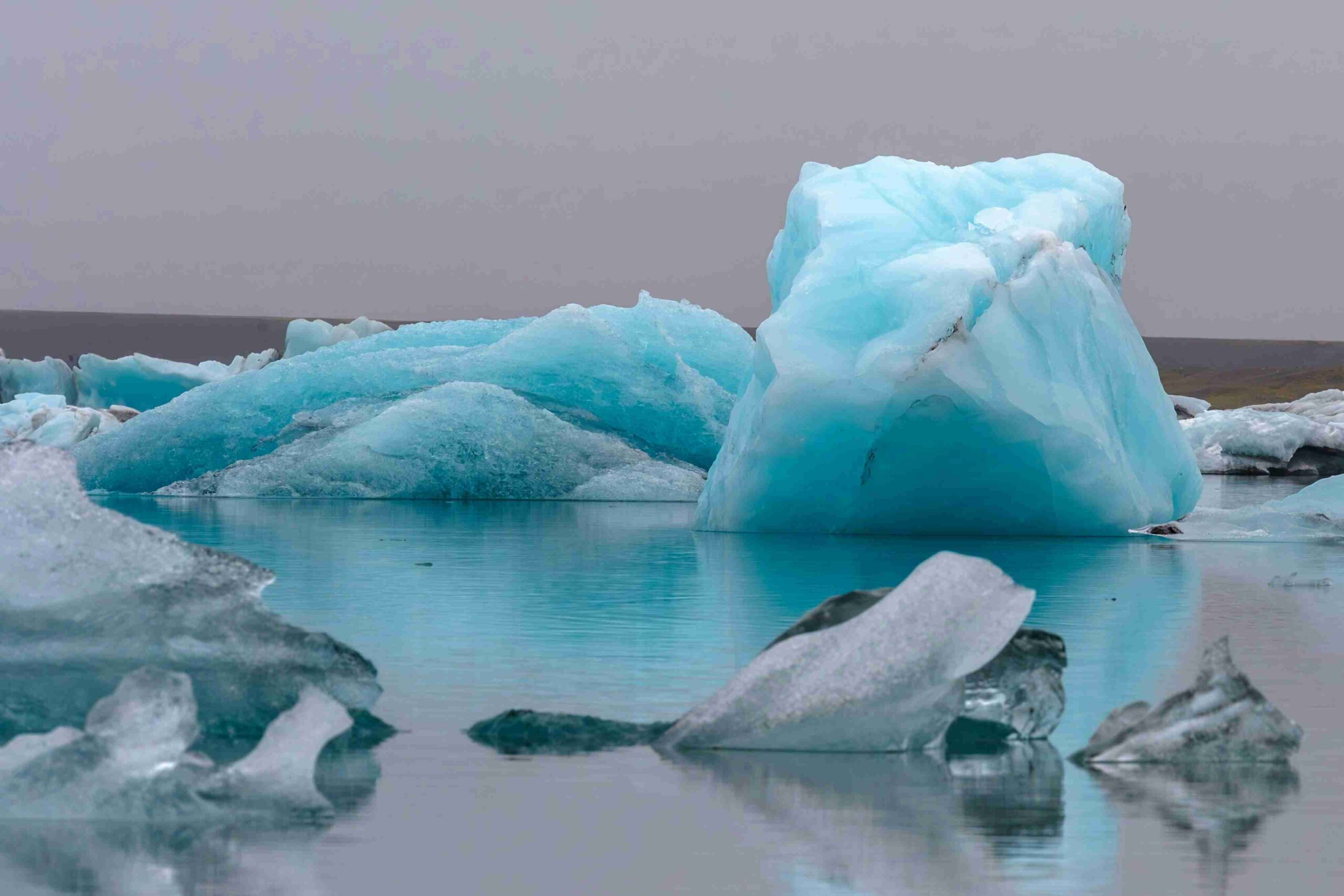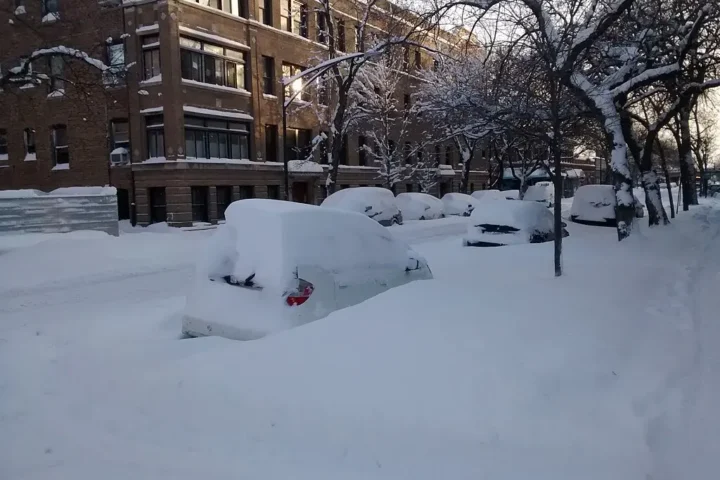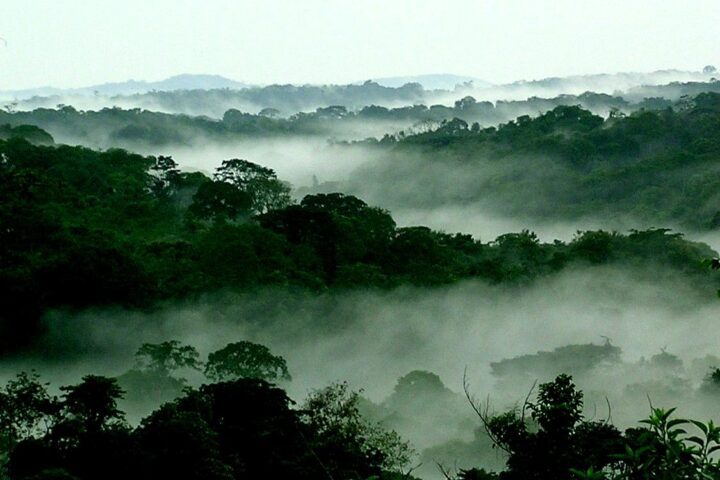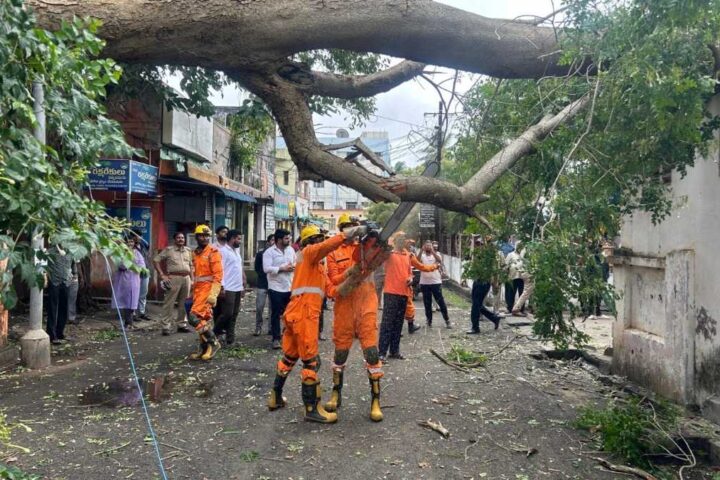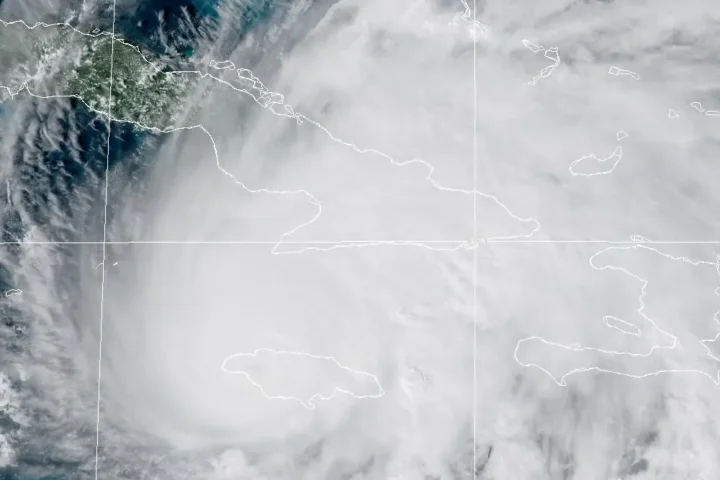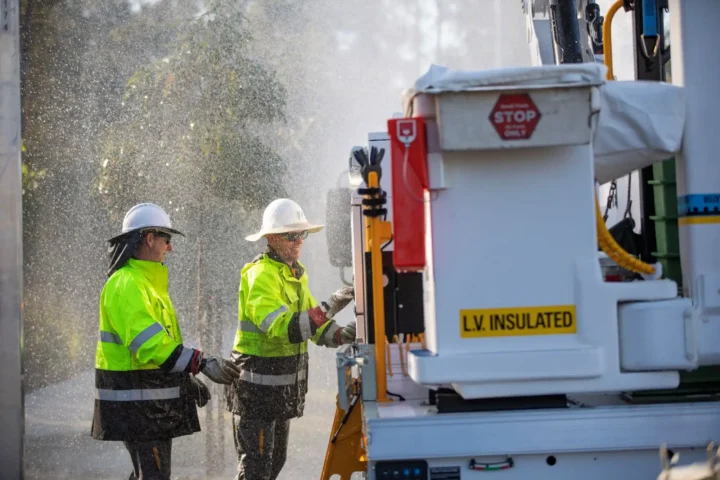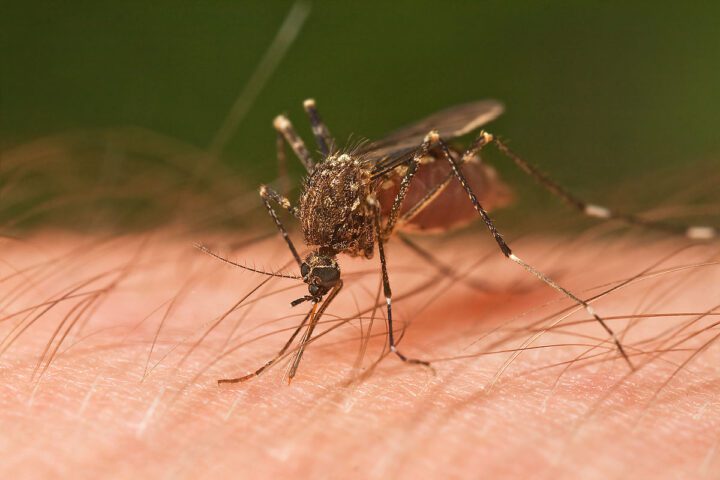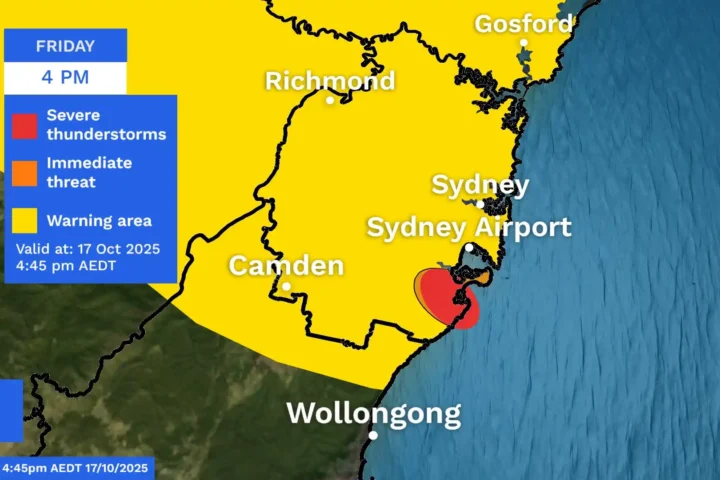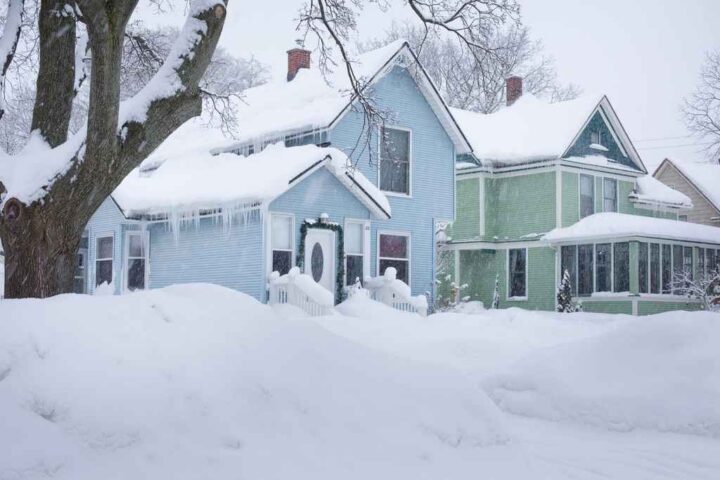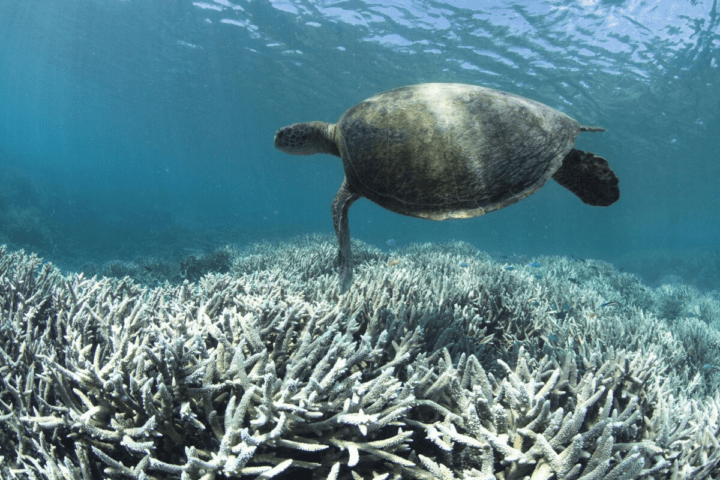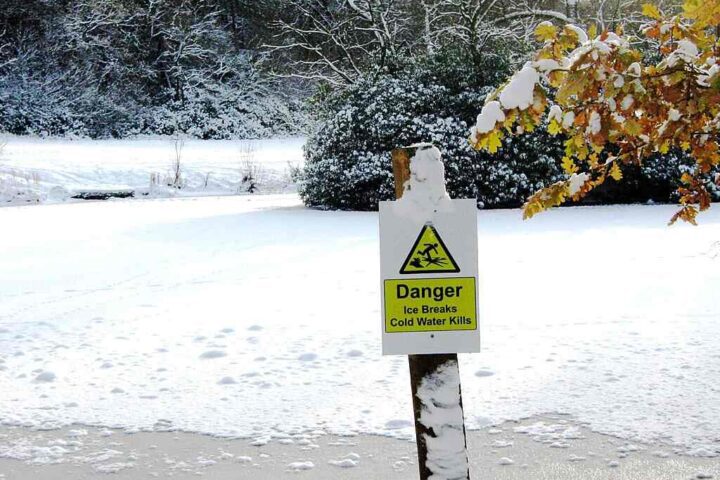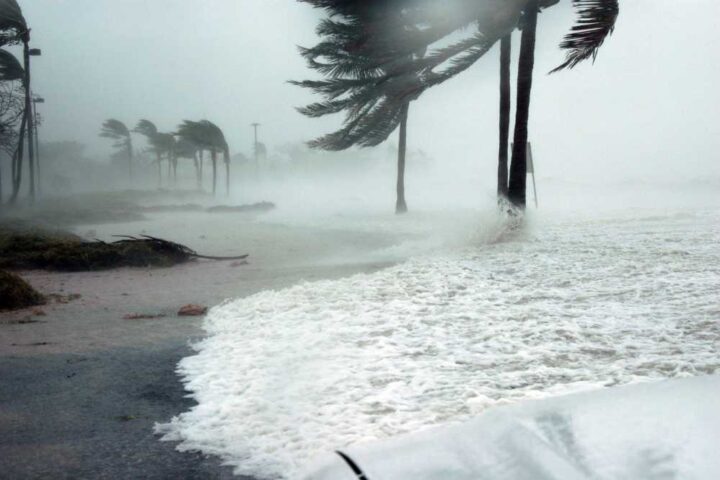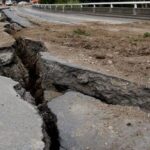Nature is sending clear warning signals from two different corners of the Americas. In Argentina, massive chunks of ice are breaking off from a historically stable glacier. Meanwhile, scientists are warning about a potentially devastating earthquake that could hit the U.S. West Coast, with climate change making its impact even worse.
Giant Ice Blocks Signal Change at Famous Glacier
The Perito Moreno glacier in Argentina’s Los Glaciares National Park is doing something unusual. Ice pieces as tall as 20-story buildings are breaking off and crashing into Lake Argentina below. While ice naturally breaks off glaciers, the size of these recent breaks has caught everyone’s attention.
“Ice calving events of this size haven’t been very common at the Perito Moreno glacier over the past 20 years,” says Pablo Quinteros, who guides tourists through the national park. “It’s only in the last four to six years that we’ve started to see icebergs this big.”
What makes this particularly worrying is that Perito Moreno had been special among glaciers worldwide. While most glaciers have been shrinking due to climate change, Perito Moreno had maintained its size for decades. That’s changing now. Since 2015, the glacier has been losing ice at its fastest rate in 47 years – about 0.85 meters each year.
Argentine glaciologist Lucas Ruiz points out that since 2020, the glacier’s front edge has been visibly shrinking. The cause? Rising air temperatures (increasing by 0.06 degrees Celsius every decade) and less snowfall mean the glacier isn’t getting enough new ice to replace what it’s losing at the bottom.
Similar Posts
West Coast Earthquake Risk Made Worse by Climate Change
On the other side of the Americas, Virginia Tech scientist Tina Dura has raised an alarm about something equally concerning. The West Coast is due for a major earthquake, and rising sea levels could make its impact much worse.
The threat comes from the Cascadia subduction zone, a fault line stretching from Northern California to Washington. The last big earthquake here happened in 1700 – over 300 years ago. Scientists say there’s a 15% chance of a magnitude 8 or stronger earthquake hitting in the next 50 years. By 2100, that chance goes up to 30%.
What makes this particularly dangerous is how climate change could amplify the damage. When the earthquake hits, coastal land could suddenly drop by several feet. Combined with already rising sea levels, this would immediately put many more communities at risk of flooding.
The Climate Connection
Both situations show how climate change can make natural risks worse. In Argentina, warmer temperatures and less snow are causing a once-stable glacier to lose ice at an unprecedented rate. On the U.S. West Coast, rising seas could turn an earthquake into an even bigger disaster for coastal communities.

Brazilian tourist Giovanna Machado recently visited Perito Moreno and was struck by its grandeur: “It’s insane. The most incredible thing I’ve ever seen. Even in photos, you just can’t grasp the immensity of it.”
That immensity makes the changes happening there all the more significant. As these environmental changes continue, they remind us that what happens in one part of the world can offer important lessons for threats facing other regions.
